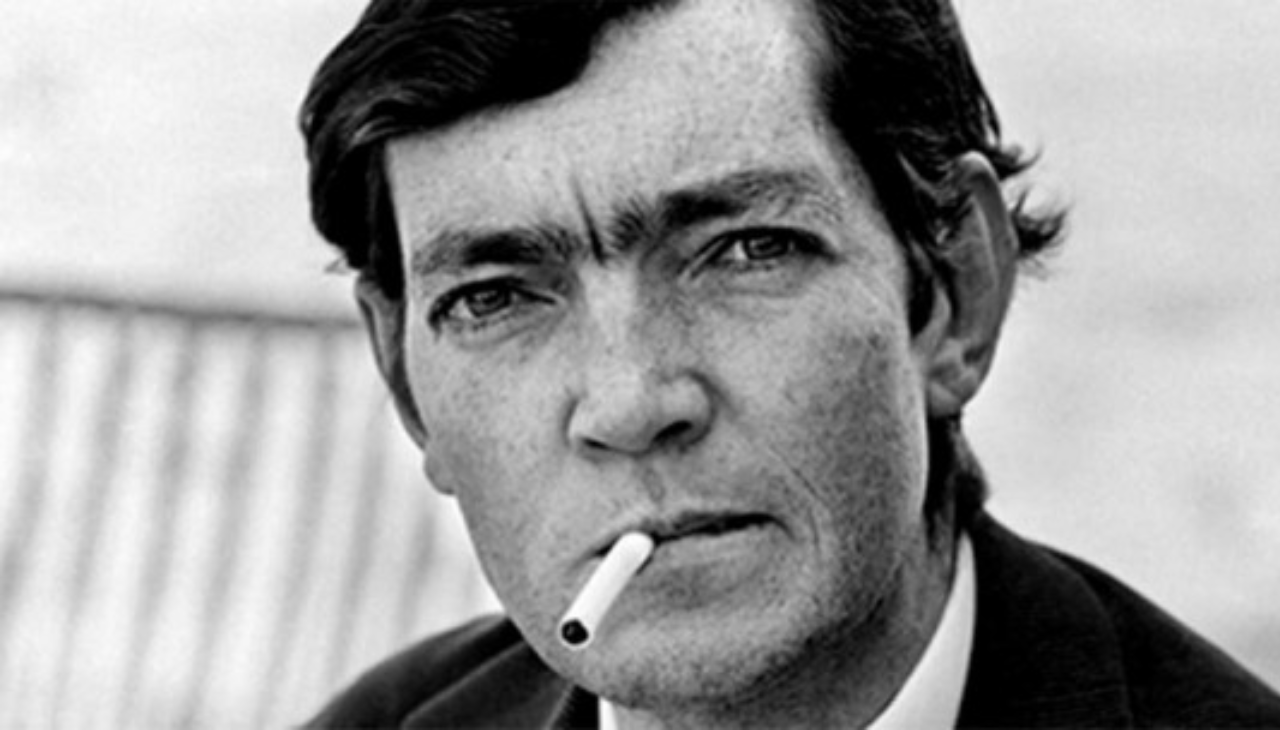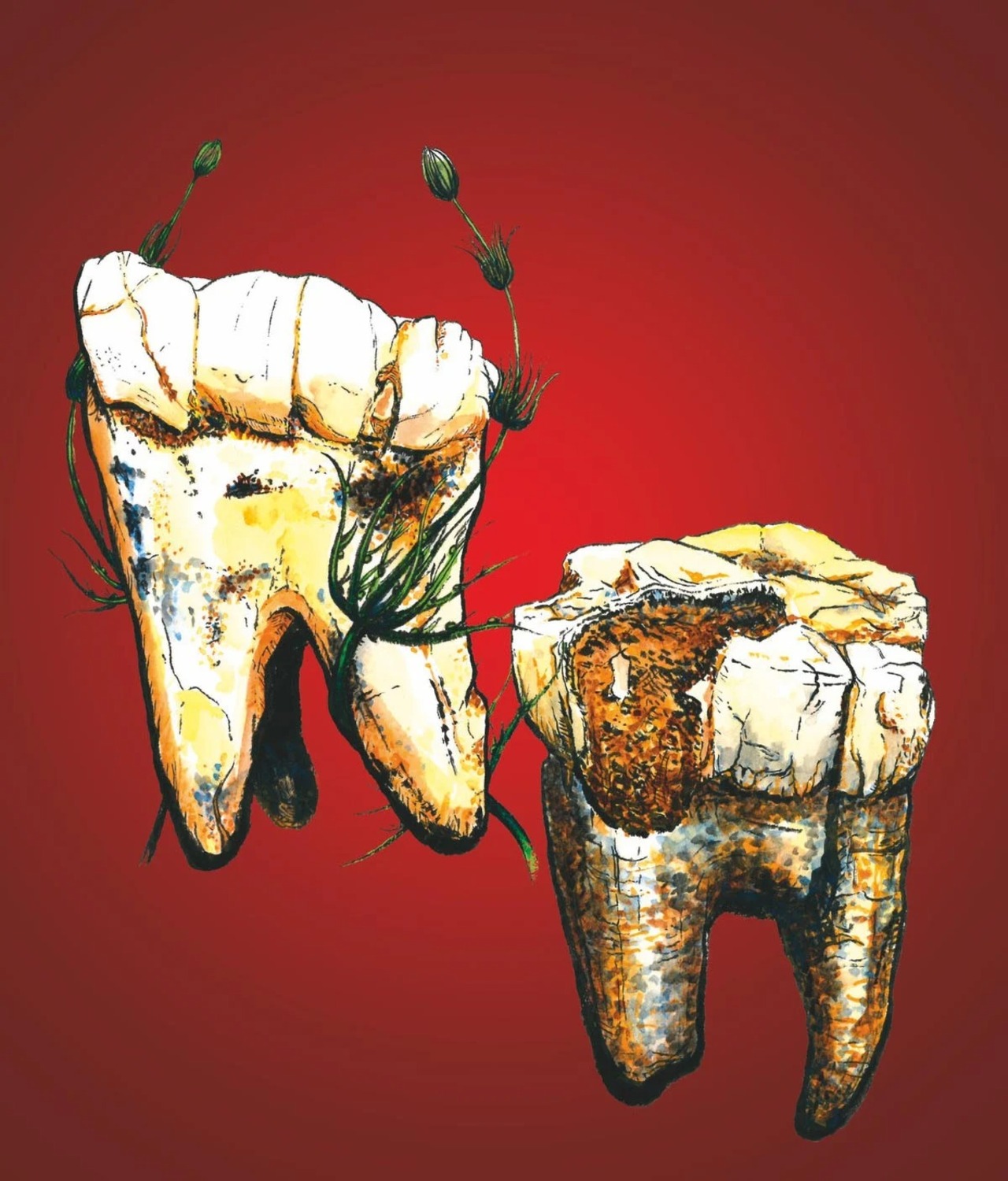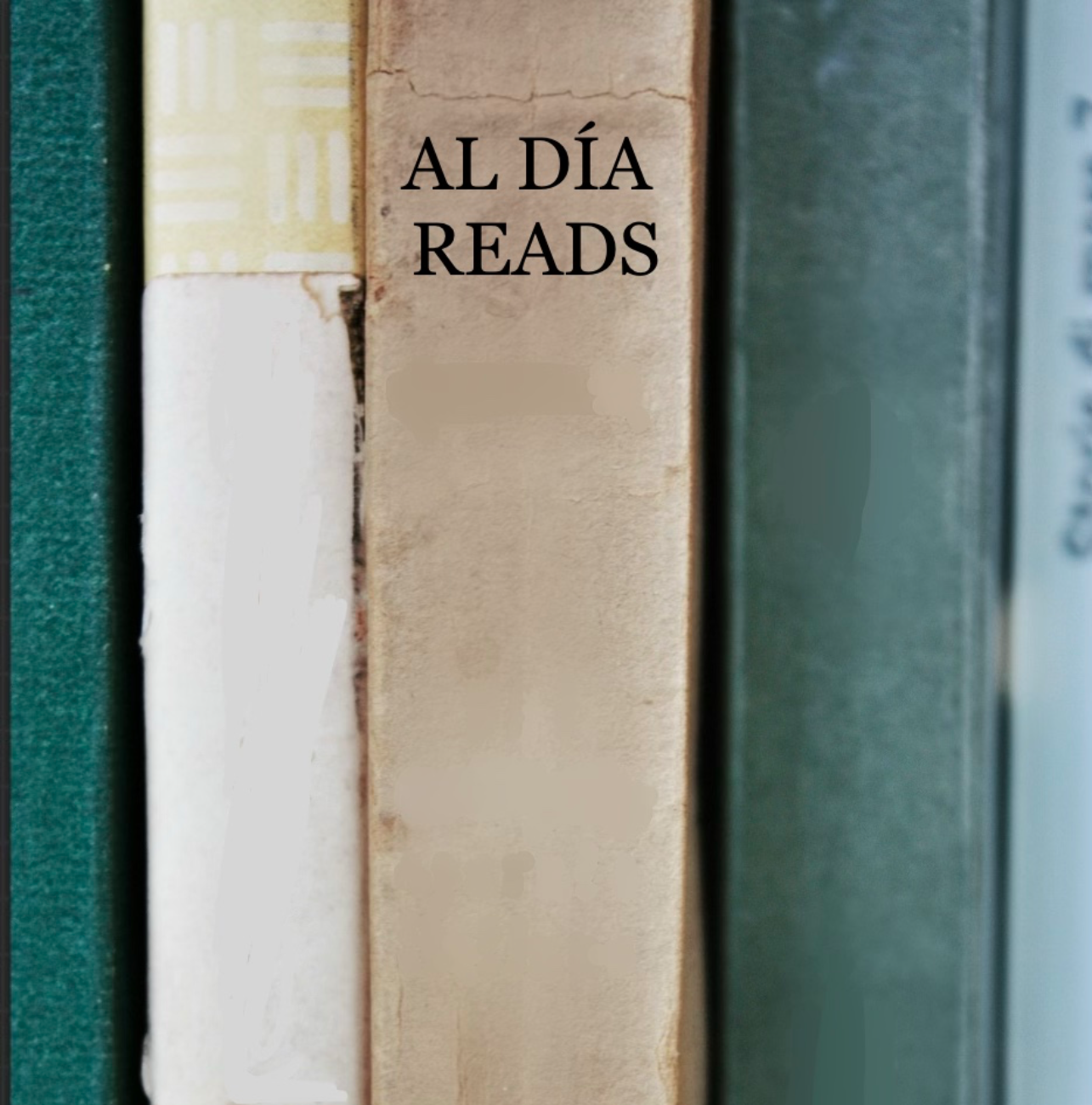
Celebrating Julio Cortázar: the 5 must-read books of the Maestro on his 110th anniversary
In memory of his birthday, we share some of his most important works as a Latin American writer.
August 26th marked the 110th anniversary of the birth of Julio Cortázar, one of the greatest writers of the 20th century and a key figure in Latin American literature.
His literary legacy continues to be the subject of study and admiration around the world, with works that have left an indelible mark on contemporary narrative. The following is an overview of the five essential works of the Argentine author:
1. Rayuela (1963)
Cortázar's masterpiece and one of the most influential novels of the last century. Rayuela defies narrative conventions by offering multiple ways of reading, inviting the reader to jump between chapters in a literary game that reflects the search for meaning of its protagonist, Horacio Oliveira. The novel explores themes such as existentialism, love and the search for identity in a blend of realism and surrealism that continues to captivate readers around the world.
2. Bestiario (1951)
This collection of short stories marks Cortázar's debut in the fantasy genre. Bestiario gathers eight stories that combine the everyday with the extraordinary, creating disturbing atmospheres full of mystery. Stories such as “Casa tomada” and “Lejana” are perfect examples of his ability to construct parallel universes in which the unreal blends with the real, keeping the reader in a constant sense of bewilderment.
3. Final del juego (1956)
This collection offers a series of stories that explore childhood, play, and imagination, with a mixture of tenderness and melancholy. “La casa de los conejos” and ‘Los venenos’ are tales where the childhood experience becomes a doorway to unknown and disturbing worlds, reaffirming Cortázar's talent for transforming the commonplace into something deeply disturbing.
RELATED CONTENT
4. Historias de cronopios y de famas (1962)
This book is perhaps Cortázar's most playful and experimental, as it is a collection of short texts that oscillates between short stories, poetic prose, and micro-stories, where the author gives life to imaginary creatures, such as the cronopios, famas and esperanzas, characters that represent different human archetypes. The work is an exercise in boundless creativity, playing with language and ideas in a display of originality and humor.
5. 62. Modelo para armar (1968)
Considered a continuation or derivation of Rayuela, this fragmentary novel takes Cortázar's formal experimentations even further. Modelo para armar is a literary puzzle in which the chapters can be read in any order, and where the connections between characters and situations are deliberately ambiguous. The work is a challenge to traditional narrative logic, offering a unique reading experience that continues to mystify and fascinate readers.
On this 110th anniversary, the novels of Julio Cortázar remind us of the power of literature to expand the boundaries of reality and imagination. His legacy continues to inspire generations of readers and writers, maintaining him as an undisputed icon of Hispanic American culture.












LEAVE A COMMENT: